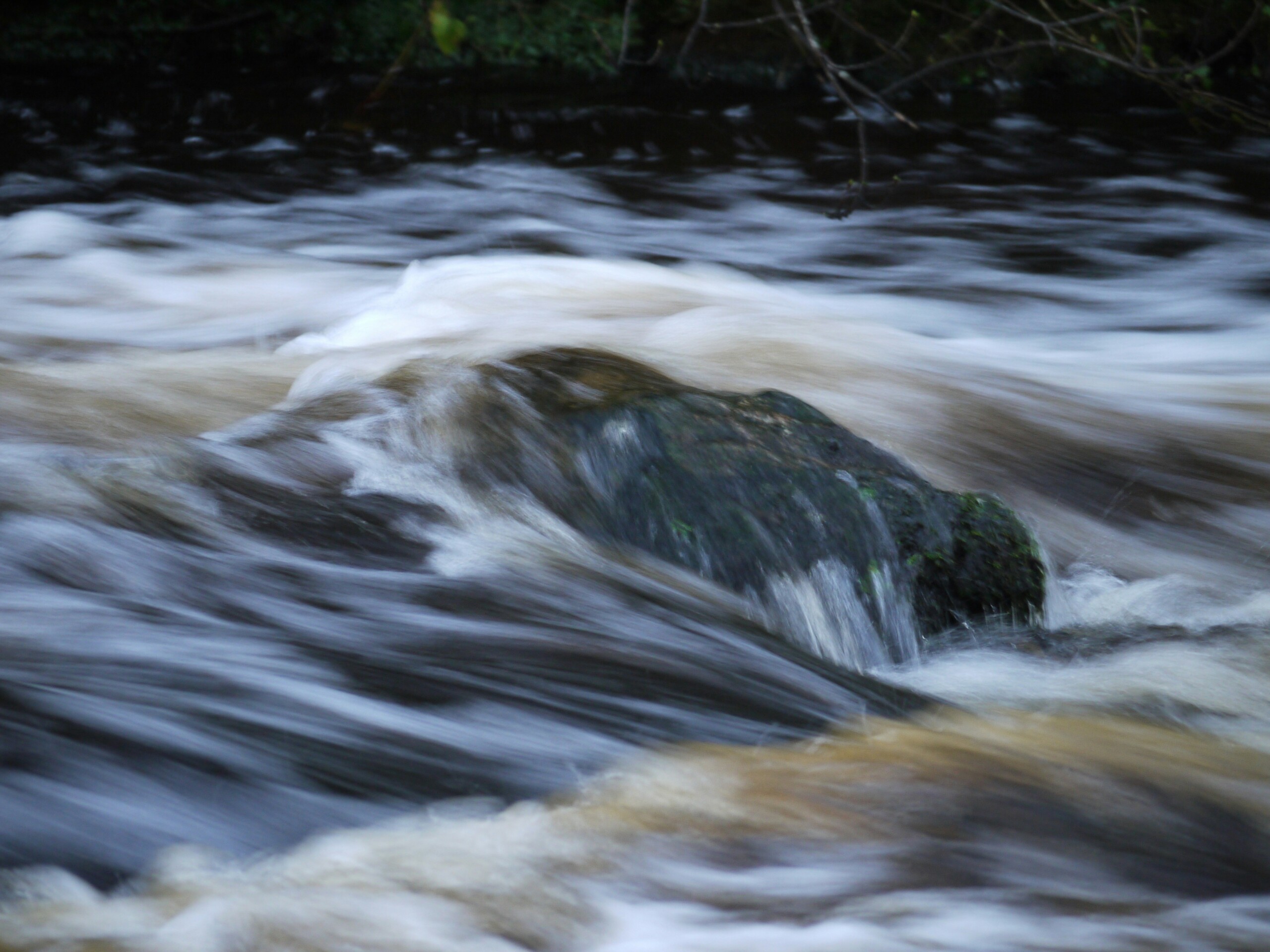Legal Roads Gold Standard for Access

The issues around access to the Remarkables are the most recent and public example of a widespread issue – the growing tension between private and public interests around access to our iconic high country and public conservation lands.
For the Remarkables issue, the skifield sits on public land, classified as recreation reserve and managed on behalf of all New Zealanders by the Department of Conservation.
There is a legal easement which provides public access across private land that leads to this recreation reserve.
Southern Alpine Recreation (NZSki) operates the Remarkables Ski Area under concession from the Department of Conservation (Doc).
Federated Mountain Clubs (FMC), the national body for tramping and climbing clubs, considers a concession to operate on conservation land is a privilege, not a right.
Privilege comes with obligations.
When the Remarkables ski area was first proposed in the Rastus Burn basin in the 1970s, there was considerable debate about the visual impact of the road climbing up the face of the mountain and the risks of locating a mass market enterprise by the picturesque Lake Alta.
When the concession was finally granted for the ski area, strict environmental conditions were applied, such as minimal terrain modification and the protection of fragile alpine ecosystems.
With the road, the public were given year-round walking and vehicle access, except when the road was ”considered unsafe for vehicles .”
The road could be closed when ”the weather or road conditions or visibility of the right of way are hazardous”.
When NZSki acted unilaterally to close the road to the public in January 2015, FMC considered it was breaching the terms of the easement, as well as its privilege to be on conservation land.
NZSki’s argument that large trucks needed for the construction of the new base building were creating a hazard is undoubtedly true.
However, the road easement only allows for closure when the condition of the actual road is unsafe, not when the road is used in an unsafe manner.
The agreement does not give NZSki the right to close the road because it is using it in a dangerous way.
The road was still open to staff vehicles, other tourist operators and even school groups, so it is obvious the road conditions were acceptable.
Anecdotal evidence from many road users states the road was the best it had been for many years and orders of magnitude better than in winter.
NZSki implied trucks were less of a danger than buses sliding on snow and ice in the ski season.
FMC supports the construction of the new base building and the need to manage safety and health but believes the request to have the road open when it was not being used was fair and reasonable.
NZSki’s failure to do so showed a disregard to summer holidaymakers and the recreational public.
Contrary to what was indicated in the ODT article ”Uneasy truce in the battle for the high ground”, FMC made repeated approaches to NZSki offering various solutions but received minimal dialogue in response.
Our ”fair and reasonable test” suggested that the public should be able to use the road at a minimum on Sundays and public holidays when there was no construction traffic.
We thought this was a generous compromise and entirely within the scope of the easement conditions and that it should be accepted by NZSki.
FMC considers the labelling of Erik Bradshaw as a ”vigilante” when he was just advocating for a fair deal speaks volumes about the culture of the company.
The building is now constructed, and FMC hopes that the access will never be denied again in the future, but the threat of a future closure is still there.
A related and growing issue is who will stand up for the rights of the public to access our high country and conservation lands, particularly where existing access comes under threat, when government agencies will not.
FMC had to stand up because the agency responsible for ensuring public access in this case, the Department of Conservation, failed to do so.
After years of decreases in real funding levels and a strong commercial partnerships focus, some within Doc appear to have little appetite for public access where it involves conflict with a commercial entity.
The Queenstown Lakes District Council, which benefits massively from tourism on the Remarkables, showed little interest in standing up (although it should be commended for attempting to rectify some other long-standing access issues in the district).
Other agencies with responsibilities for access, such as the Walking Access Commission, can do little more than negotiate on a voluntary basis.
FMC, which is run by elected volunteers on behalf of its 18,000 members and advocates on behalf of a wider constituency of back-country recreationalists, had to do something.
The Remarkables situation is not unique in the Central Lakes area.
As traditional views about access to high country land continue to change, in some cases where access was once freely given that is no longer the case.
Parts of the public conservation estate don’t have practical public access, so public use is at the whim of neighbouring landowners.
There is a strong need for the Department of Conservation to be resourced and empowered to defend access to conservation land across private land where it comes under threat.
FMC believes that an increase in funding will help with this.
Similarly, the Walking Access Commission needs beef to tackle the tougher access issues that cannot be resolved with talking.
Finally, district councils need to be prepared to use their powers to legalise roads to iconic mountain areas, such as the Remarkables, as legal roads remain the gold standard of access.
Either way, FMC has no choice but to remain vigilant to defend public access.
Share This Story, Choose Your Platform!

Latest News
FMC opposes the Winstone Pulp International Limited resource consent application to enable the discharge of treated pulp mill wastewater, stormwater and a foam inhibitor to the Whangaehu River.
FMC is looking for the right candidate to appoint to the Maerewhenua Trust Board.
FMC is looking for the right candidate to appoint to the Federated Mountain Clubs Mountain & Forest Trust Board of Trustees.






